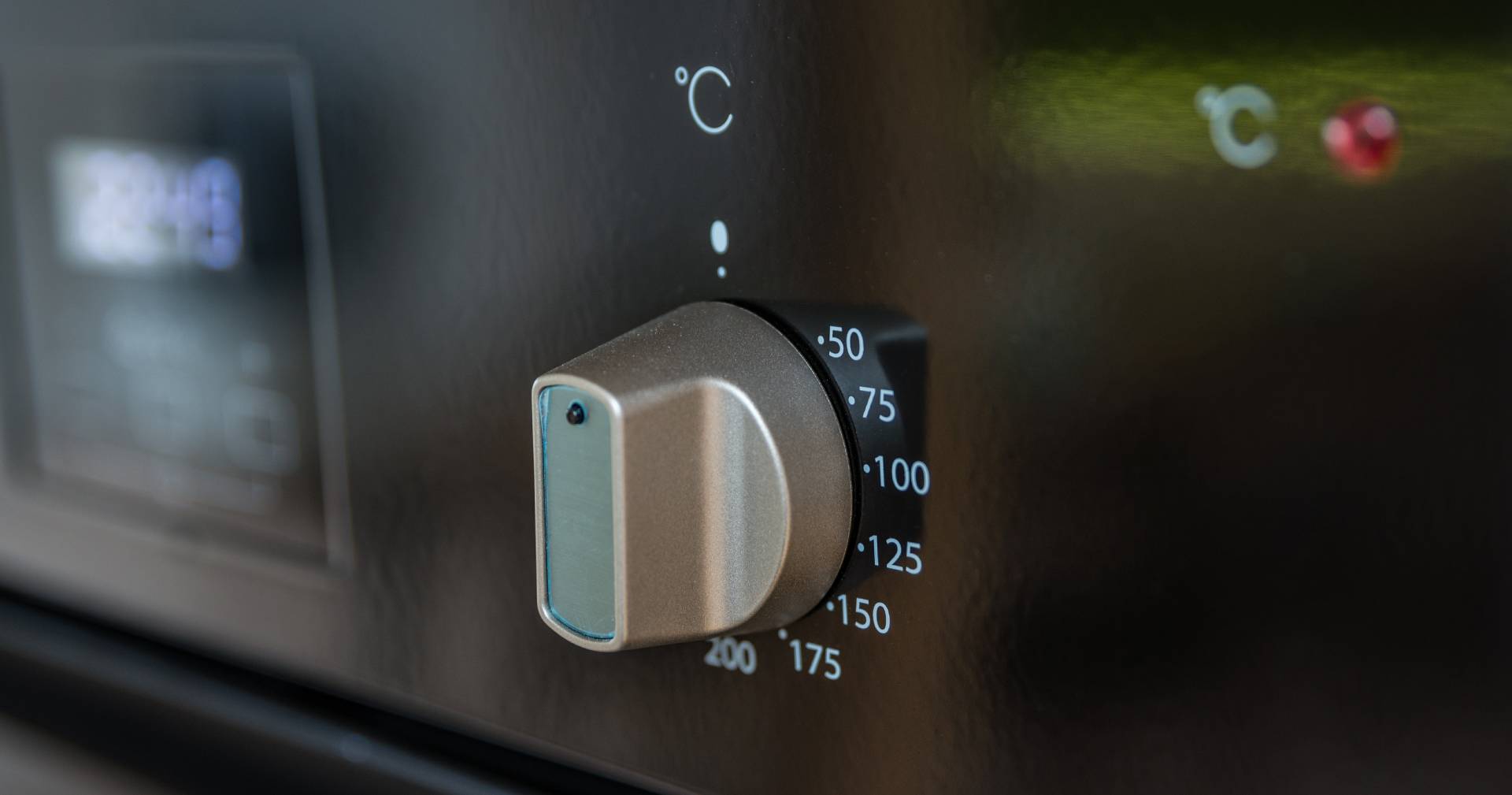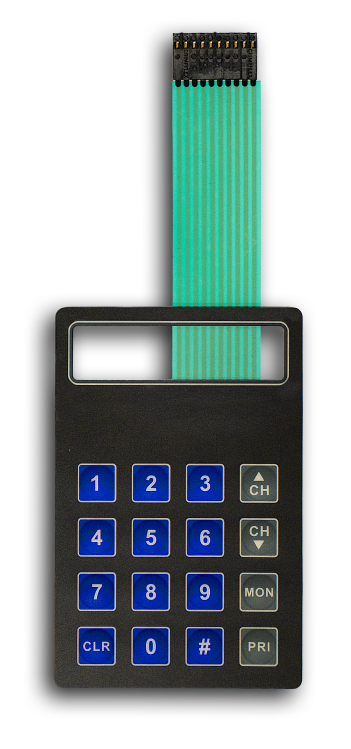Discover Exactly How Membrane Switches Feature and Their Duty in Modern Electronic Devices
Membrane Switches stand for an advanced integration of technology and layout within the world of contemporary electronics, acting as important user interfaces in countless gadgets. Consisted of numerous layers, these buttons utilize pressure-sensitive devices to assist in user communication. Their applications extend numerous industries, from customer electronics to clinical devices, highlighting their flexibility and importance. Recognizing the ins and outs of Membrane button functionality and their more comprehensive ramifications in enhancing customer experience invites further expedition into their design, benefits, and the ingenious developments shaping their future in modern technology.
What Are Membrane Switches?

Membrane buttons are differentiated by their longevity and resistance to environmental elements, such as dirt, wetness, and severe temperatures. They can be customized with numerous graphics, shades, and tactile responses choices, improving user experience while keeping aesthetic appeal - membrane switches. Furthermore, the unification of published circuits enables smooth assimilation into devices, boosting overall capability.
The convenience of Membrane buttons appears in their capability to support both easy and complex control functions. They can include functions such as LED signs and touch-sensitive innovation, catering to particular individual demands. As innovation remains to develop, Membrane Switches continue to be essential for enabling efficient and intuitive individual interfaces, thus playing a pivotal duty in the innovation of contemporary digital gadgets.
Components of Membrane Buttons
Membrane switches are composed of numerous key parts that collaborate to create a useful and trusted interface. The main elements include the graphic overlay, sticky layer, spacer layer, and conductive traces.
The graphic overlay works as the user interface, usually printed on a versatile substrate such as polyester or polycarbonate. This layer not only gives aesthetic charm yet likewise consists of responsive responses, aesthetic cues, and protective attributes. Beneath the graphic overlay exists the glue layer, which secures the button to the device and makes certain longevity against environmental stress and anxieties.
The spacer layer is important for keeping the necessary void between the graphic overlay and the circuit layer. When stress is used, this gap permits for the activation of the button. The conductive traces, typically made from silver or carbon, develop the electrical paths that complete the circuit when the button is involved.
In addition, a support layer might be consisted of for structural support and insulation. These elements collaborate flawlessly, guaranteeing that Membrane switches are both resistant and straightforward, making them essential in numerous modern-day electronic applications.
Exactly How Membrane Switches Job
How do Membrane Switches function effectively within digital devices? Membrane Switches operate on the principles of pressure-sensitive modern technology, making use of a split building and construction that includes graphic overlays, adhesive layers, and conductive elements.
The layout of Membrane buttons is essential for their efficient operation (membrane switches). The layers are diligently crafted to provide responsive comments, durability, and resistance to ecological aspects such as moisture and dust. The incorporation of domes-- little, elevated areas within the button-- enhances tactile reaction, giving individuals with an obvious click sensation upon activation
Moreover, Membrane switches can be tailored in terms of dimension, form, and graphics, making them appropriate for numerous applications. They are typically used internet in control panels, medical tools, and consumer electronic devices due to their smooth layout and dependability. Overall, the reliable functioning of Membrane buttons is critical in boosting user interaction and ensuring seamless procedure in contemporary digital gadgets.

Applications in Modern Gadgets
Using their one-of-a-kind layout and performance, Membrane buttons have actually come to be integral components in a large array of modern-day digital tools. These flexible user interfaces are used in customer electronic devices, commercial tools, clinical tools, and auto controls, providing smooth customer communication.
In customer electronic devices, Membrane buttons are generally discovered in devices like microwaves, cleaning equipments, and various other house tools, where they allow user-friendly control with a smooth profile. Their inconspicuous style promotes assimilation right into discover this info here compact gadgets, boosting visual charm without jeopardizing functionality.
In industrial applications, Membrane Switches work as control panels for equipment, using longevity and resistance to rough settings. Their capability to endure moisture and contaminants makes them ideal for usage in production and handling sectors.
Clinical tools likewise take advantage of Membrane buttons, which are made to be easy to tidy and preserve, guaranteeing health in medical setups. They are often made use of in diagnostic tools, individual monitoring systems, and mobile medical tools, where dependability is paramount.
Benefits of Membrane Buttons
One of the vital benefits of Membrane switches is their convenience, which enables them to be customized for a range of applications across numerous industries. These buttons can be designed in various forms and sizes, suiting special item demands while giving smooth combination right into tools. Their thin account enables a small and streamlined style, typically improving the visual appeal of electronic products.
An additional significant advantage is their durability - membrane switches. Membrane switches are commonly resistant to dust, dampness, and chemicals, making them perfect for rough settings. This strength extends their lifespan compared to typical mechanical buttons, reducing the requirement for regular substitutes
In addition, Membrane Switches offer cost-effectiveness. The manufacturing process involves printing technologies that decrease production prices, particularly for huge runs. This cost, incorporated with low maintenance needs, makes them an appealing choice for makers.

Verdict
In conclusion, Membrane Switches stand for a substantial development in user interface innovation within over at this website modern electronics. As the need for user-friendly and resistant interfaces continues to expand, the function of Membrane buttons in forming customer experience will unquestionably increase.
Membrane Switches stand for an innovative assimilation of innovation and design within the world of modern electronic devices, serving as important user interfaces in many devices.In the world of modern-day electronics, Membrane Switches offer as critical parts that assist in individual interaction with tools. As technology proceeds to evolve, Membrane Switches remain necessary for enabling user-friendly and efficient individual interfaces, therefore playing a critical duty in the development of modern-day digital gadgets.
Just how do Membrane Switches function properly within electronic devices? Generally, the efficient functioning of Membrane buttons is pivotal in boosting user communication and making certain smooth operation in contemporary digital tools.
Comments on “Membrane Switches: The Best Choice for Compact and Reliable Controls”